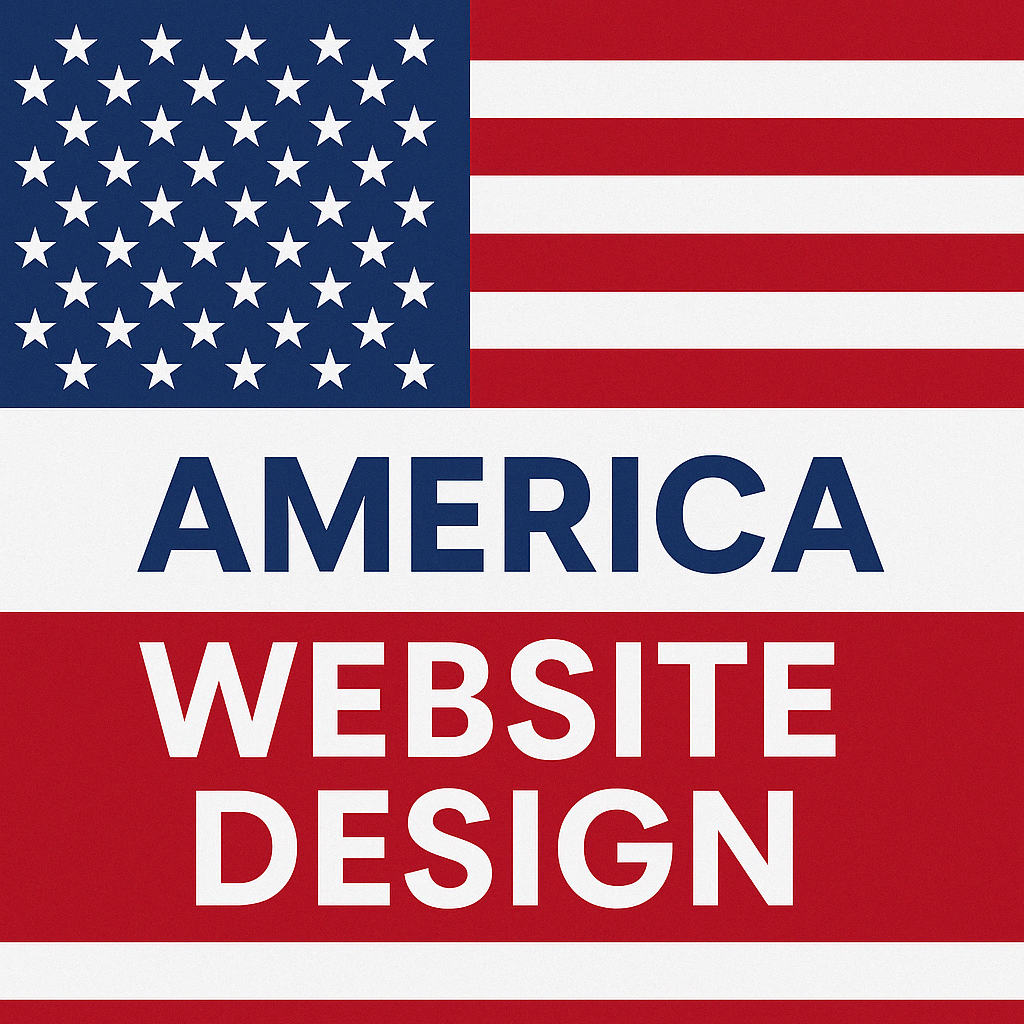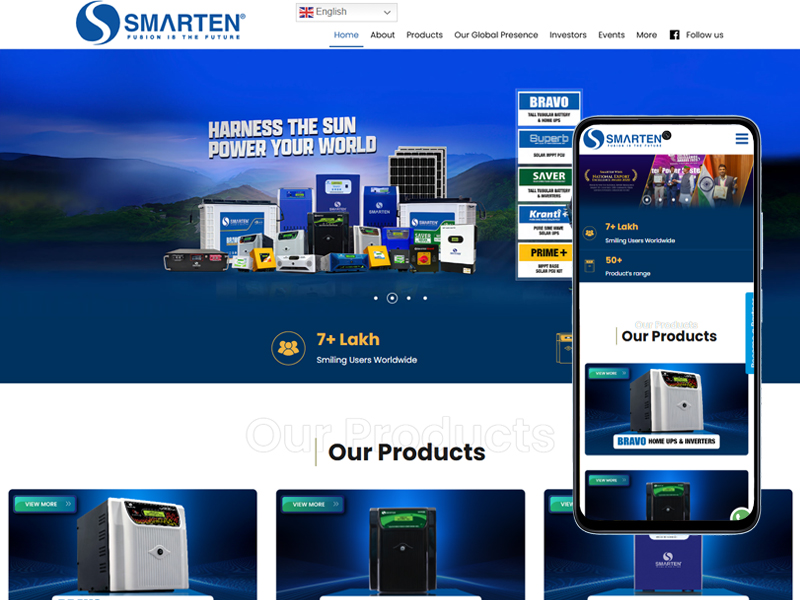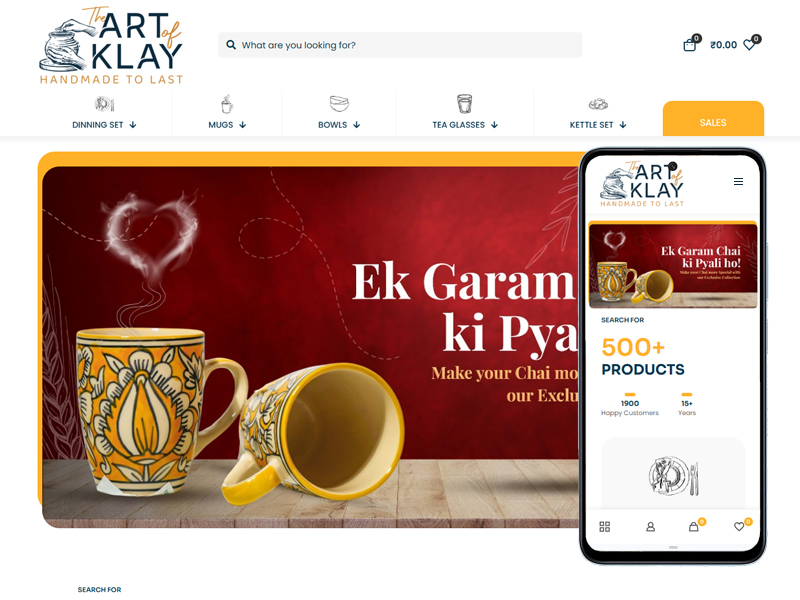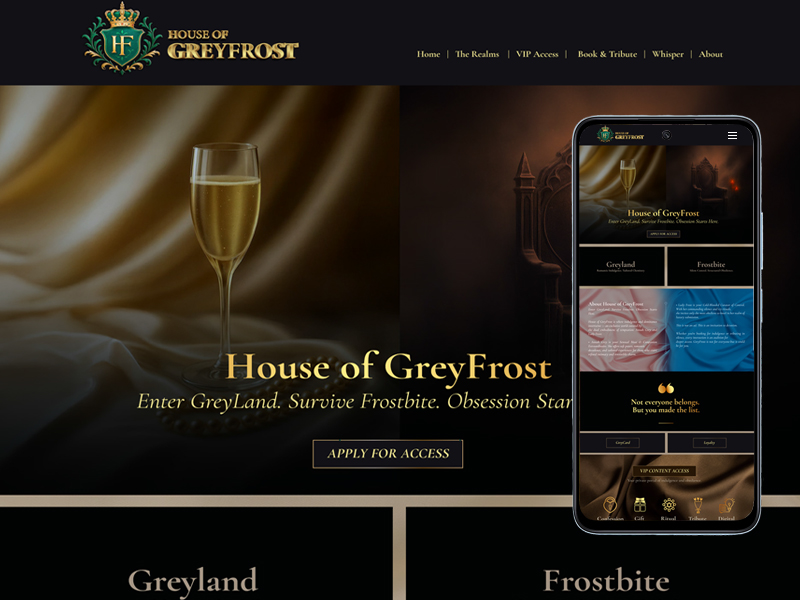America Website Design in 2025: Shaping the Future of Digital Presence

Introduction: America Website Design in 2025: Shaping the Future of Digital Presence
As we step further into the digital age, America website design in 2025 is experiencing transformative growth. With evolving user behavior, AI-powered customization, and high-speed mobile access, businesses across the United States are redefining how they build and optimize websites. Whether you're a small startup or a Fortune 500 company, staying ahead of these trends is crucial for remaining competitive in today's digital landscape.
In this blog, we explore the top 10 trends and practices shaping America website design in 2025. From futuristic UX to performance-first builds, here’s how web design in the U.S. is evolving this year.
AI-Powered Personalization is Leading the Way
America website design in 2025 is seeing a massive push toward AI-driven user experiences. Websites now adapt dynamically to visitor behavior in real time. By collecting data from browsing habits, device types, locations, and past interactions, AI systems suggest personalized product listings, content layouts, and call-to-action buttons.
This personalization isn't limited to e-commerce. News portals, healthcare sites, educational platforms, and SaaS services all benefit from tailored experiences. It results in better user engagement, lower bounce rates, and increased conversion.
Developers now integrate tools like ChatGPT, Midjourney, and custom ML models to streamline design workflows and content generation. Even smaller businesses are adopting affordable AI solutions, giving them a competitive edge.
In America website design in 2025, personalization is no longer a luxury—it's an expectation.
Mobile-First Design is Non-Negotiable
Smartphones continue to dominate internet usage across the U.S., making mobile-first design the foundation of America website design in 2025. Google’s mobile-first indexing has been around for a while, but now it’s about delivering a seamless mobile experience that feels like a native app.
Responsive design is essential, but the focus has shifted toward performance. Lightweight frameworks like Tailwind CSS, AMP integration, and mobile-friendly animation libraries ensure fast-loading, beautiful mobile experiences.
Features like thumb-friendly navigation, voice search, and swipe-based interactivity are becoming standards. Designers now prototype for mobile first and then scale up to tablets and desktops.
With mobile devices being the primary gateway to the web, a mobile-first approach is at the heart of every modern American website.
Voice Search Optimization is Growing Rapidly
Voice technology is transforming America website design in 2025. With over 50% of U.S. households owning smart speakers and millions using voice assistants daily, optimizing for voice search is no longer optional.
Websites are now designed with conversational content, natural language keywords, and structured data to rank in voice search results. Local businesses are especially focused on optimizing for “near me” queries and location-based voice commands.
Integrating voice-based navigation also enhances accessibility, improving UX for visually impaired users. AI voice assistants embedded into websites can answer FAQs, navigate users, and even complete purchases.
Voice-friendly design is becoming an integral part of future-proof websites in America.
Contact us to develop your Ecommerce store below;
Dark Mode and Accessibility-First Design
Inclusivity is central to America website design in 2025. Designers now prioritize accessibility-first design, ensuring that sites are usable by everyone, including people with disabilities.
Features include keyboard navigation, screen-reader compatibility, proper color contrast, alt text for images, and focus indicators. WCAG compliance is now standard across industries.
Dark mode is also gaining popularity—not just for aesthetics but for usab
Brands offering toggles between light and dark themes see better engagement. Accessibility is no longer just a compliance task—it’s a user experience enhancer and reputation booster.
Contact us to develop your Ecommerce store below;
Headless CMS & Jamstack Architecture

The rise of headless CMS platforms and Jamstack architecture is a game-changer in America website design in 2025. These technologies separate front-end and back-end, allowing for faster load times, better scalability, and more secure websites.
Platforms like Sanity, Strapi, and Contentful let developers build custom front-ends with frameworks like Next.js or Gatsby while maintaining flexible content management.
This modular approach helps businesses iterate faster, deploy updates without full-page reloads, and build rich, interactive experiences.
For U.S. companies wanting speed, flexibility, and performance, Jamstack is a leading solution in modern web design.
Sustainable and Eco-Friendly Design
Sustainability is now part of the digital conversation. America website design in 2025 emphasizes eco-friendly design practices to reduce energy consumption and carbon footprint.
Lightweight code, compressed images, efficient hosting (green servers), and minimalist aesthetics are all part of sustainable web development. Brands now advertise their green website credentials as part of their values.
With environmental awareness on the rise among consumers, a sustainable website is not only responsible—it’s marketable. Many agencies offer "green web design" as a service.
Designing with sustainability in mind is becoming a standard practice in American digital strategy.
Contact us to develop your Ecommerce store below;
3D, Animation, and Immersive Experiences
The boundary between web and real-world experience is blurring in America website design in 2025. Interactive 3D elements, subtle micro-animations, and immersive storytelling elevate websites beyond static pages.
WebGL, Lottie, and Three.js enable designers to bring stunning visual experiences directly into the browser—without hurting performance. These features are now common in fashion, tech, and real estate websites.
Parallax scrolling, hover effects, and animated infographics enhance engagement, keeping visitors on-site longer. Designers combine aesthetics with purpose to build unforgettable experiences.
2025 is all about making websites feel alive, without overwhelming the user.
Hyperlocalization and Multilingual Sites
In a multicultural country like the U.S., hyperlocalized website design is trending. America website design in 2025 prioritizes content that speaks directly to regional audiences.
This includes region-specific offers, cultural references, local language support, and SEO for local search. Multilingual support isn’t limited to Spanish and English—it now includes Mandarin, Tagalog, Vietnamese, and more.
Businesses targeting multiple states or cities create location-specific landing pages with personalized images, testimonials, and CTAs.
Hyperlocalization helps businesses build stronger trust, better conversion, and stand out in competitive markets.
E-Commerce-First Design Across Industries
From food delivery to digital downloads, e-commerce design principles are influencing all sectors. America website design in 2025 takes a conversion-first approach with product-focused layouts, simplified checkouts, and personalized recommendations.
Shoppable videos, dynamic pricing, and integrated live chat help businesses engage customers across all touchpoints. Even service-based companies now offer productized services, online bookings, and instant payments.
With platforms like Shopify, WooCommerce, and headless commerce tools, even non-traditional retailers are leveraging e-commerce-style websites.
E-commerce-first design ensures that every visitor has a direct path to action—crucial in today’s competitive landscape.
Cybersecurity & Privacy-Centric Design
As data breaches and privacy concerns rise, cybersecurity and privacy-first design are integral to America website design in 2025. HTTPS, data encryption, GDPR/CCPA compliance, and secure authentication methods are non-negotiables.
UX design now includes visible trust signals—privacy policies, consent checkboxes, cookie opt-ins, and security badges. Users are more conscious of how their data is handled.
Zero-trust architecture, MFA (multi-factor authentication), and biometric logins are now built directly into user flows.
For American businesses, building trust through secure design is as essential as branding or SEO.
Conclusion: America Website Design in 2025: Shaping the Future of Digital Presence
America website design in 2025 is defined by innovation, personalization, and purpose-driven strategy. Businesses across industries are rethinking digital experiences—from mobile and AI to sustainability and security. Those who embrace these trends will not only meet user expectations but set new standards in digital excellence.
Whether you're a startup, agency, or enterprise, the future of web design in America is full of opportunity. Stay current, adapt quickly, and keep the user at the center—and your website will thrive in 2025 and beyond.





















